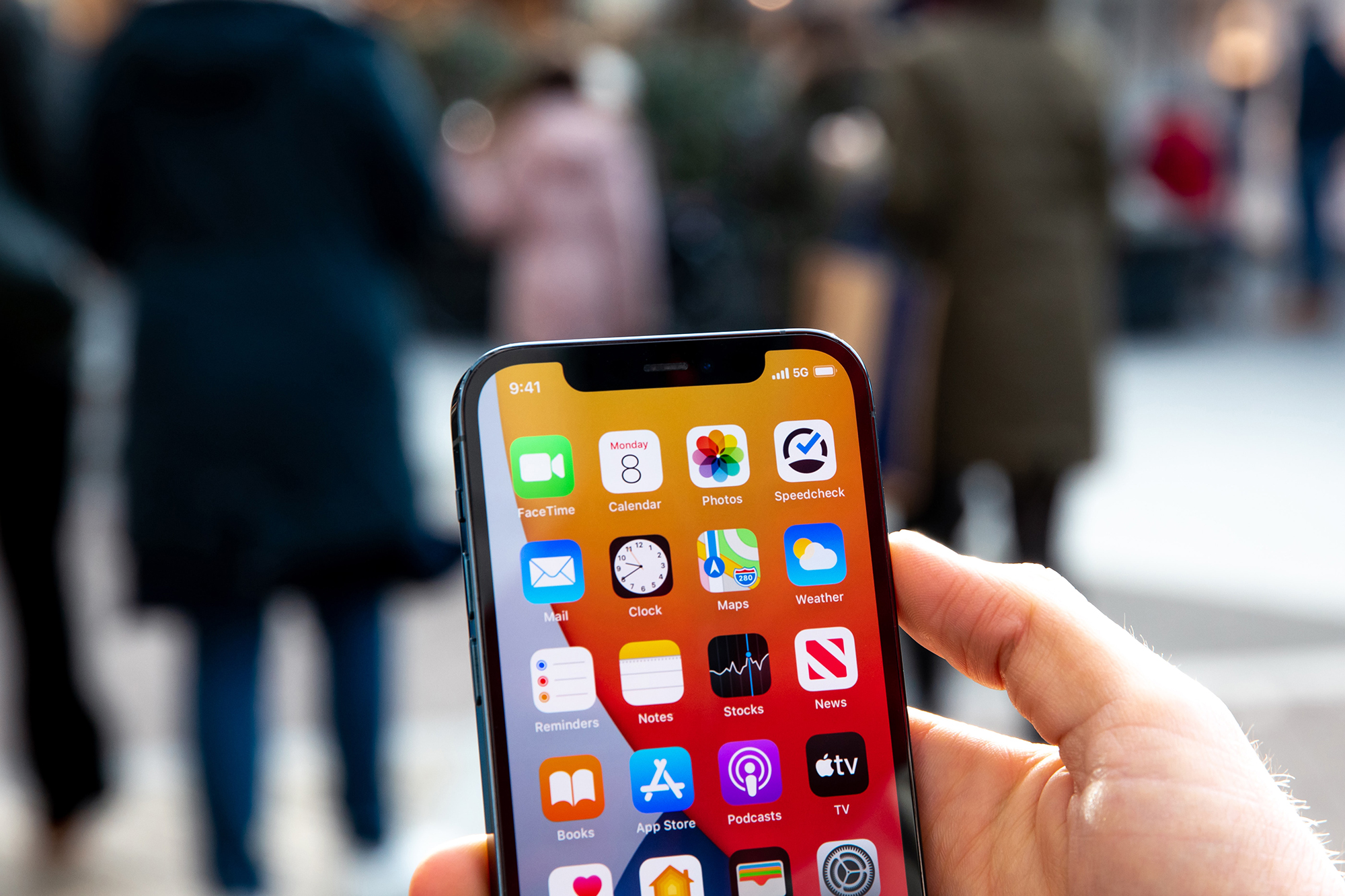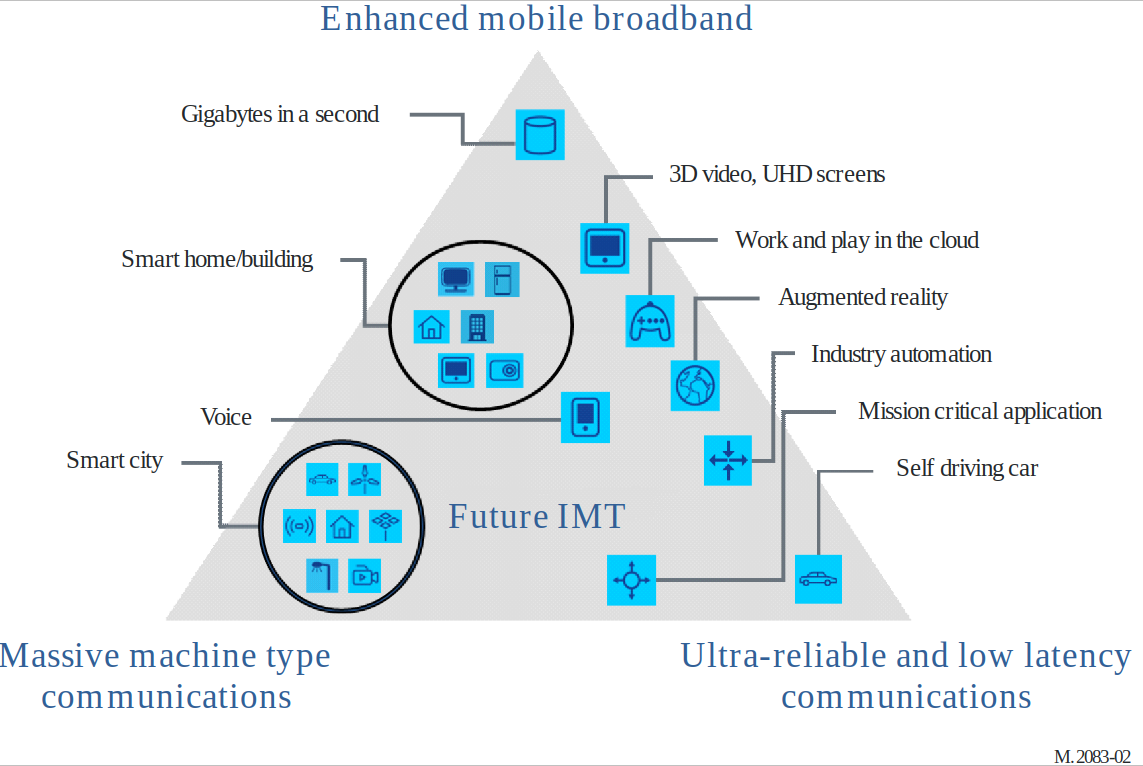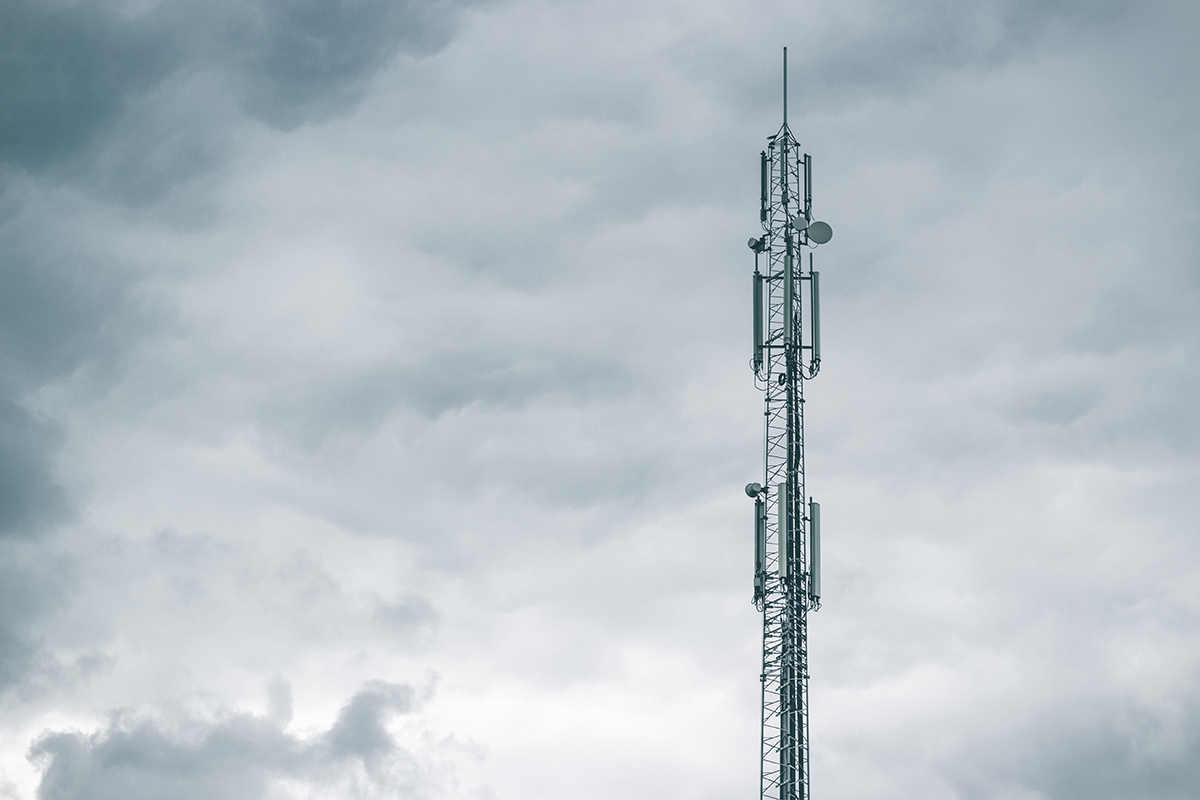Prime Engineering with a major 5G project in the USA

Prime Engineering with a major 5G project in the USA
February 15, 2021
The 5G project that Prime Engineering is developing for a customer based in the US follows on from another long-term project on 4G technology. It all started in 2010 with the support for the launch of this latest technology in the country and since then we have provided support in several technical aspects within the project. From the latest, we can highlight the optimization of VoLTE, Video and Data Transfer systems, testing and development of analysis tools for pre- and post-processing of indicators which contribute to the assessment of the apps quality supported by 4G. In order to assist the daily activity in the laboratory regarding the tests, several tools were developed: instruments to generate load on the network, using hundreds of mobile phones in the laboratory; and also apps for the Android operating system, capable of generating traffic patterns, framing the tests needed for the reproduction of commercial network problems in the laboratory.
When we start to provide support regarding 5G, this match with the appearance of the COVID-19 pandemic and allowed us, once again, to think outside the box. Prime Engineering ‘s action included giving support to develop robotic arms in order to reset smartphones to carry out testing remotely from home, a process also integrated in the automation of tests in the laboratory. It should be noted that, in addition to the barrier that has been overcome due to remote work, this method has brought consistency to the testing process.
Prime Engineering recognizes the work developed and the talent of our project consultants during all these years, just as our client has recognized the technical capacity of our team, directly through emails and in an indirect manner when there’s longevity with a project.
5G Concepts
5G System comprises, in general, three concepts where several apps fit for each one of them. They are: Low Latency (Ultra-Reliable and Low-Latency – uRLLC), Ultra Wideband (Enhanced Mobile Broadband – eMBB) and Massification of the Internet, better known as “Internet of Things” (Massive Machine Type Communication – mMTC).
Daily lives with 5G
The use of 5G is shownin many situations of our daily lives and we now share some cases easy to identify.
With the Ultra Wideband, it is possible to have hotspots in cities or rural areas such as shopping centers, so that users can watch videos at 8k resolution or download files instantly.
When we deal with Massification of the Internet, there’s the concept of the “Internet of Things” where it is possible to report data in order to keep track on some markers, control or bill services. The device’s battery let’s these data to be reached and it lasts up to 10 years, depending on their activity (they communicate every hour or week/month). For example, there are the new water meters of a large Portuguese company which allows to know the daily evolution of its consumption without the need to give a monthly count, and which also spread warnings in case of leaks. Now, if we imagine that all water meters in Lisbon have this service, we have at this point the water service massification and the beginning of the smart cities concept (this notion is much more comprehensive, but you can get an idea of its vision).
With the Low Latency concept, we all benefit from it, both for those who play online, as well as for over-the-top communications, which are practically almost all the apps we currently use to communicate and in which the latency reduction offers a better quality of service. However, 5G’s ability to help create services related to industrialization is crucial, for example. Imagine that a factory needs to change or reorganize the automation arrangement, depending on its production. With this concept, there is no need for wires. 5G low latency provides the necessary speed for critical communications.
And now we ask ourselves, where is the common user with an average daily use? It’s in the middle of the pyramid, to the right, where it needs a little bit of everything: more speed and lower latency for voice and video communications, conferences and leisure.
5G technology creates a disruption in today’s wireless telecommunications by creating a concept where it is possible to configure the network according to the needs of end users. At the same time, it comes to unite and standardize concepts that were created during 4G and the latter was not prepared to face it.
For those who live in cities where optical fiber reaches each building, and even in certain towns and villages in Portugal where the optical fiber is already in force, there may not be visible the benefits of 5G. When users are not at home, 4G on the street has enough capacity for sporadic entertainment and access to communications via email, voice or video. However, we must not forget the many locations (not only in Portugal, but also in the rest of the world) where there are no broadband infrastructures. These are places where the fastest technology is ADSL or even where the latter it isn’t available.
We can then conclude that 5G, in terms of capacity and bandwidth, allows not only to increase the offer, but also to “bring” broadband internet to many regions, with a reduced cost for operators, where they only need to update their infrastructures.
And what does the future hold?
In order to “bring the internet to all corners of the globe”, even where there is no electricity network, the Starlink project was created by visionary Elon Musk, owner of Tesla and SpaceX. This project makes use of the new low orbit satellite network, currently in beta and commercialization stages. The new focus regarding a satellite network creation with altitude around the 550Km, allows speeds about 50 to 150 Mbps and latencies amid 20 ms to 40 ms, which is comparable with certain 4G networks. It should be noted that this will not be the sole purpose of the Startlink network, since Elon Musk wants to compete and get ahead in the market providing infrastructure services to 5G operators, thus eliminating the need to install point to point optical fiber or hertzian beams in certain remote areas.

